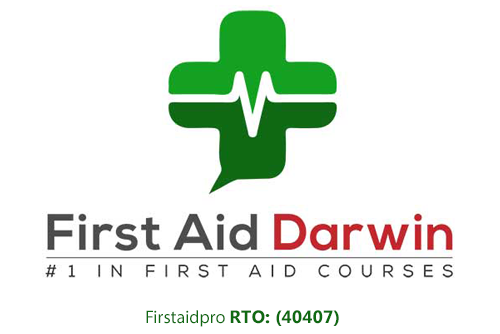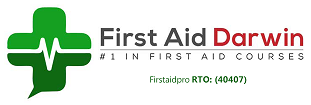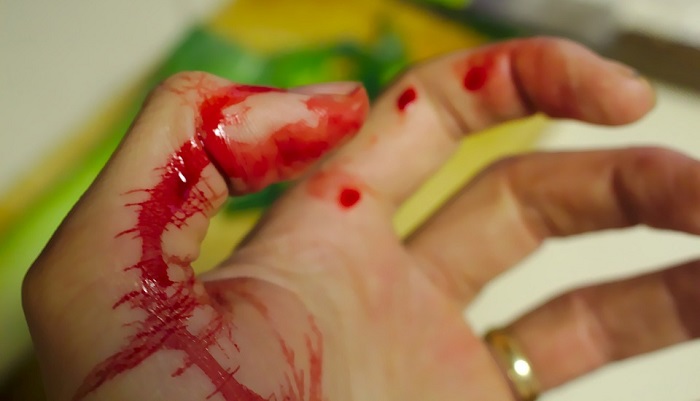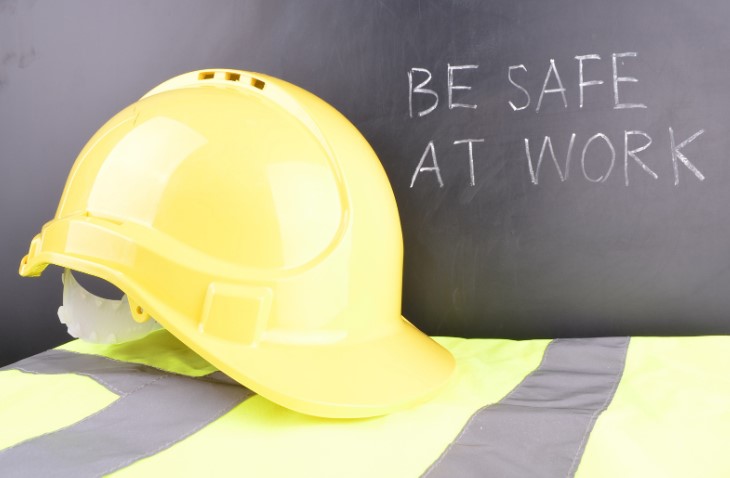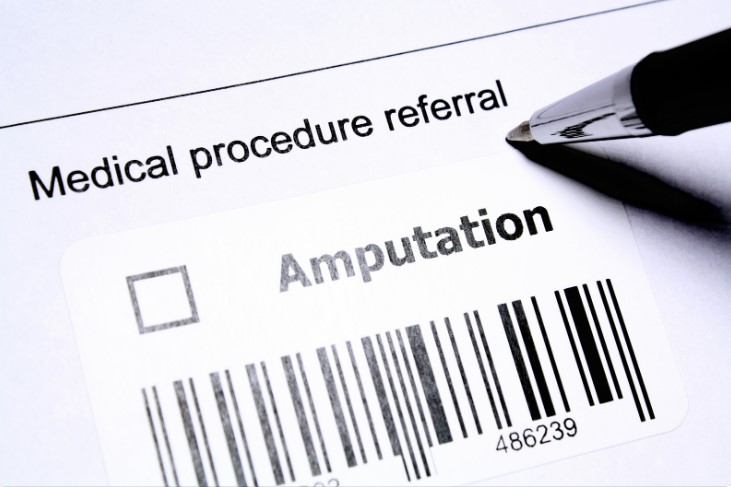Bleeding Injury: If you or someone you know has been wounded or is severely bleeding, your body’s immediate response is to try to stop the bleeding.
Bleeding occurs when a person’s tissues and blood vessels are damaged. Regardless of the source, all serious and heavy bleeding must be slowed and stopped in the first few minutes of the injury. If not, there will be a greater risk of losing a significant amount of blood relatively quickly.
A person with a bad injury can bleed to death in less than 5 minutes, and if the injury is severe, the timeline may be even shorter. About 5 million people around the world die every year from haemorrhaging or blood loss.
First Aid For Bleeding Injuries
While cuts are often not a huge deal, you should look for distinct signs, whether the injury is worth a trip to the emergency room or medical attention ASAP. Look for the red flags like numbness, signs of infection and increasing pain.
For major injuries that involve heavy bleeding, activate EMS immediately.
In most cases, the EMS will keep you on the phone until they are ready to take over. They may advise you through the phone on how to treat and care for a severe bleeding injury.
Encourage The Casualty To Sit Or Lay Down.
Laying down is the most appropriate position if the casualty starts to feel dizzy and shows early shock signs. They are less likely to develop additional injury and will increase blood flow to the brain, which is the underlying cause of shock.
Examine The Wound.
Assess the affected area and see if there is anything stuck in the wound. If there is no significant bleeding, you can clean the wound by removing visible dirt or debris to prevent infection. However, you should NOT try to remove any large or deeply embedded items (glass, metal) as it can cause the bleeding to worsen.
Elevate The Bleeding Area.
Raise or elevate the bleeding area above the level of the heart to reduce the blood supply to the wound site and slow down the bleeding. If you suspect that the injury is in the legs, back, neck, or head, do not try to move the victim as it could displace the injury.
Apply Pressure To Stop The Bleeding.
Using your two hands, apply direct pressure to try and control the bleeding. Keep holding the pressure for a few minutes, as it will take about 10 minutes before the clots start to form.
Dress The Wound.
Once bleeding is controlled, cover it with a clean, accessible bandage. If blood has soaked through the first layer, add additional layers of dressing on top and continue to apply pressure. Remain calm throughout the process and stay with the casualty until EMS arrives,
For minor wounds, clean the open wound with clean running water and try to remove the foreign object. Apply firm and continuous pressure to control any bleeding. Then apply a triple antibiotic lotion or cream and cover the wound with a clean adhesive bandage to speed healing and reduce infection.
We understand that an injury that involves visible blood can be the most intimidating for a bystander to attend to. However, early recognition and appropriate action in bleeding injuries are necessary to prevent complications and loss of life.
We strongly advise that you attend a Provide First Aid Course to understand what to do in a medical emergency.
